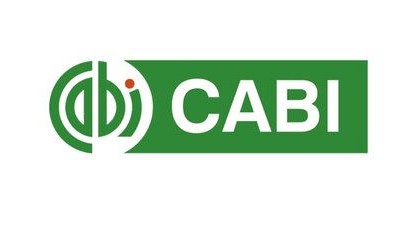URBAN AQUEOUS SYSTEM AS A HOTSPOT FOR WATERATMOSPHERE EXCHANGE OF CH4
Keywords:
greenhouse gas, methane (CH4), urban area, headspace method, aqueous system, gas concentration.Abstract
Methane (CH4), a potent greenhouse gas, has negative radiative impacts on the atmosphere, reaching
up to 20 times compared with CO2. However, mitigating CH4 emissions from its sources, either natural or
anthropogenic, will reduce global warming consequences in the short run, given that CH4 has a short lifetime which
takes approximately a decade.
The urban aqueous system is part of the natural sources of CH4 in the urban area, which could be influenced by
microorganisms or increased human activities and the discharging of sewage water into the system.
Recent studies have stated that high organic matter in river sediments is the primary source for increased
production of CH4 in the river bed. However, the contribution of the urban aqueous system in CH4 annual fluxes is still
uncertain, so a research gap needs to be filled to understand further CH4 emissions from this system.
This study aims to detect CH4 content in the urban aqueous system and identify locations with high concentrations
to establish further investigation and determine the factors behind these concentrations.
In our study, the aqueous system is classified into three main categories: rivers, lakes, and ponds. Water samples
were collected from each of these sub-systems for estimating CH4 concentration. Samples from Somes River were
gathered from three segments: upstream, urban segment within the urban area, and downstream river. Moreover, samples
were also taken from lakes and ponds, considering spatial even distribution between sampling points.
Our samples were analyzed via head-space extraction method using Tunable Diode Laser Absorption
Spectroscopy (TDLAS), which precisely detects emissions up to 0.1 ppmv.
The results showed that water samples are oversaturated with CH4 concentration. In other words, the aqueous
system in the selected urban area represents an active hotspot for CH4 exchange from water into the atmosphere.
However, CH4 fluxes should be quantified to understand better the contribution of the urban aqueous system to
the CH4 budget and to take appropriate abatement measures for reducing these emissions.
Downloads
Published
Issue
Section
License
Please send the manuscript prepared with the MSWord Template, together with the Cover Letter to the editor-in-chief:
Dana Copolovici (e-mail: dana.copolovici@uav.ro)






